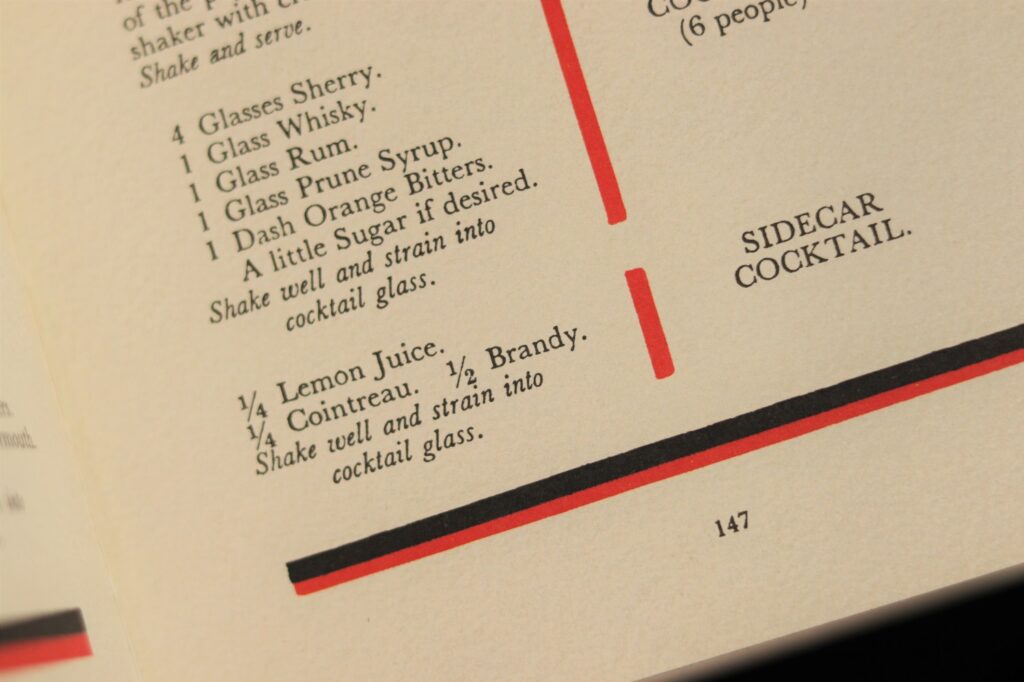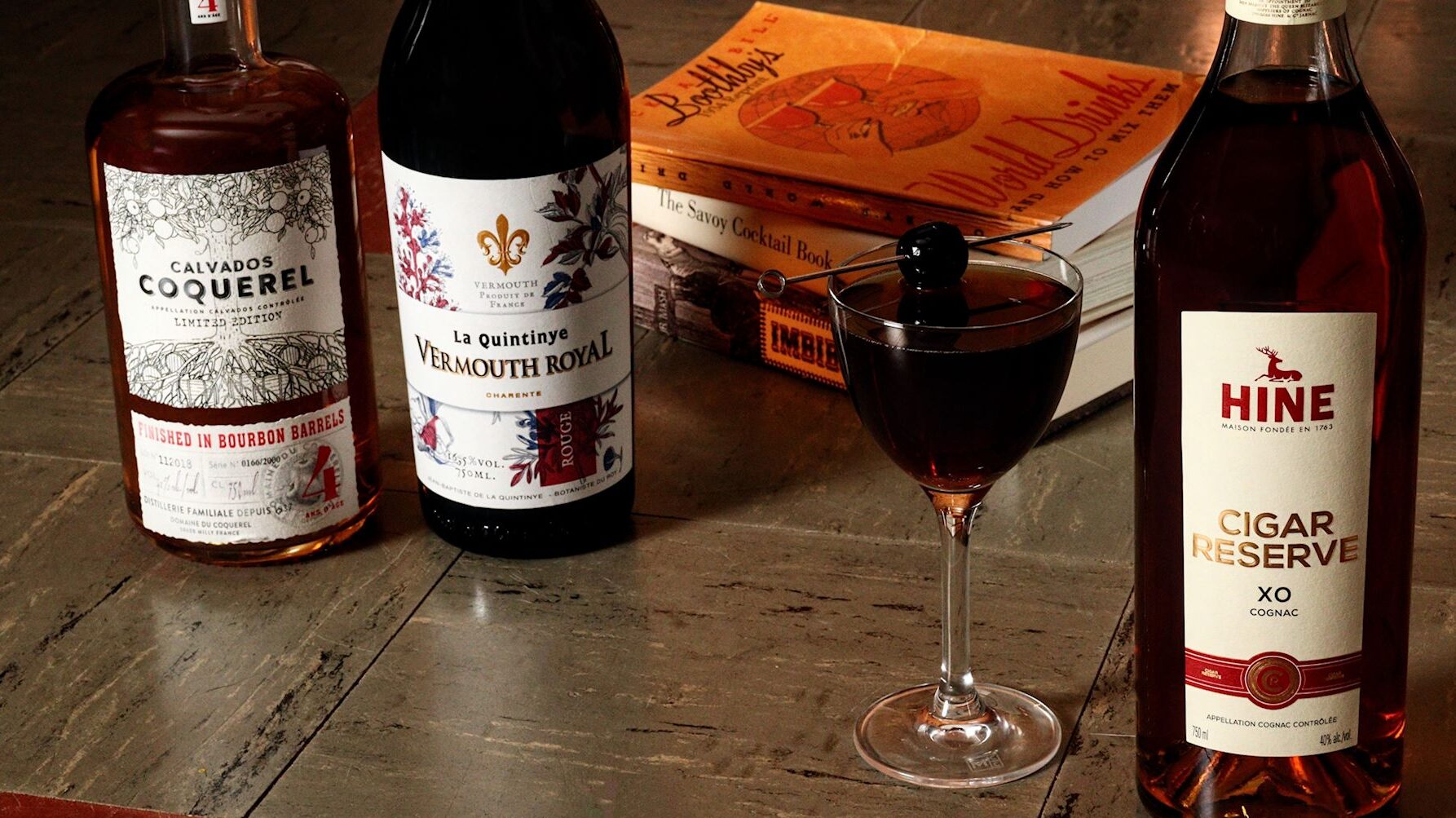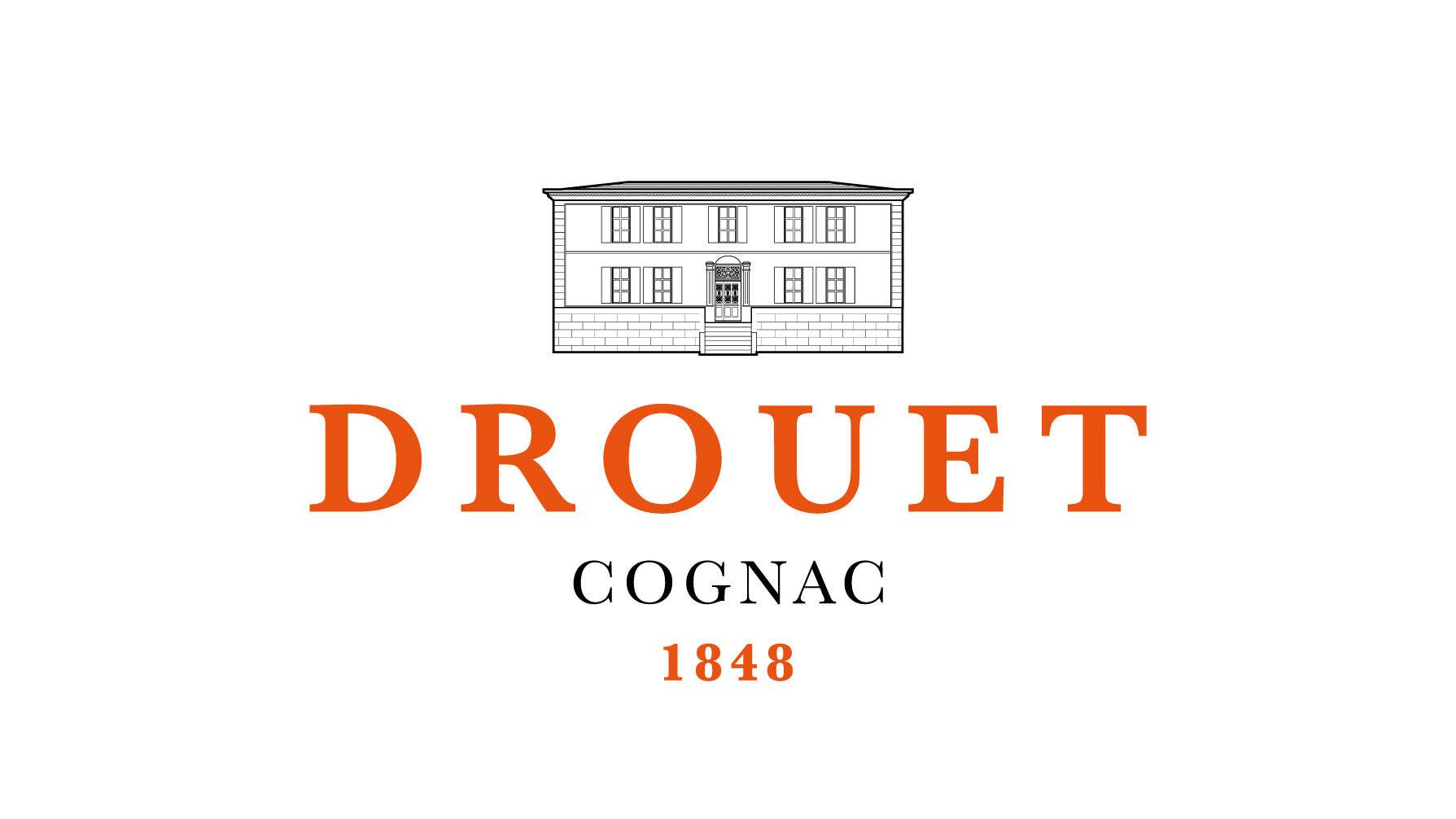It’s only fitting that the first post regarding cocktails on Cognac Reverie is about the Sidecar. This is the quintessential Cognac cocktail. Take a look on Instagram or Facebook under any of the popular Cognac brands profiles and you’ll almost certainly see a post somewhere about the Sidecar. This simple, classic cocktail holds just as much importance as the Daiquiri does to rum, the Manhattan does to rye whiskey, or the Rob Roy does to Scotch. Plus, it’s my favorite cocktail. Yes, I said it! I get asked all the time what my favorite drink is. I have a hard time deciding a favorite anything, especially a cocktail, since it solely depends on my mood. But I’ve finally made the hard decision on this specific topic. It’s a Sidecar. No matter the time of year, I’d warmly welcome it. Let’s jump in to its history.
The Sidecar was invented some time at the end of World War I in Europe while Prohibition was happening in America. Most of the cocktails coming out of the United States at this time were not very good at all considering no high-quality spirits were readily available to put into drinks. There were a lot of juices and sugar being added to everything to mask the awful alcohol they were forced to use. Luckily in Europe, they weren’t as silly as us in the States and continued to enjoy all kinds of wonderful alcoholic beverages. The first mention of a Sidecar in print was in both Harry MacElhone’s Harry’s ABC of Mixing Cocktails and Robert Vermeire’s Cocktails and How to Mix Them around 1922. It was claimed to be invented by three different bars. Harry’s New York Bar and the Ritz Hotel, both in Paris, and Buck’s Club in London. MacElhone states that legendary bartender Pat MacGarry was the creator at Buck’s Club, but then in later editions of his book he credits himself as the Sidecar creator. Vermeire, however, states that is was already popular in France by the time MacGarry introduced it to London drinkers. Since MacElhone is wishy washy with his story, I’m placing my bet it was created in Paris. Which bar, though, is still up in the air. Your guess is as good as mine.
This cocktail is comprised of three ingredients. Cognac, lemon juice, and an orange liqueur. Originally, it was an equal parts ratio cocktail. I highly suggest to not do that. It’s very unbalanced. The Cognac is completely covered up by sugar and citrus and there’s no real depth to the cocktail with this recipe. Later on, about 1930, the Savoy Cocktail Book gave updated proportions to it with two parts Cognac and one part of each lemon juice and orange liqueur. Much better, but still not the best ratio in my opinion.

One thing that you might have noticed if you’ve ever ordered this cocktail or seen it in bars around your town is something that bothers me quite a bit. The dreaded sugar rim. A sugar rim was first mentioned to accompany a Sidecar in 1934, twelve years after it’s supposed creation. Why this was suddenly added to the drink when it wasn’t in the original recipe isn’t known. The most likely reason for the sugar rim was because there’s a connection between the Sidecar and another classic cocktail called a Brandy Crusta. The Crusta is the grandfather of the Sidecar being invented back in the 1850’s. This style of cocktail (it could use whiskey or gin, as well) had an extravagant sugar rim from the lip of the glass to at least half way down the body. The Brandy Crusta had the exact same ingredients as a Sidecar, but also the addition of Maraschino liqueur and Angostura bitters. However, the liqueurs were in very small proportions so it made sense to add sugar on the rim to balance it out.
Another theory is that The Great Depression was happening and this was a time when processed foods started to become more popular. Milk was looked at as a ‘wonder food’ because of the high fat and sugar content. Soon after this time period we see things like “sour mix” and other artificially flavored mixers and super preserved canned foods start popping up. Logically, it seems to make sense that this change in food culture in the United States, in the broad sense, would also find its way to cocktails. Whatever the reason, a sugar rim isn’t needed if you make the cocktail correctly and balance your ingredients. If you do enjoy a sugar rim, then that’s wonderful and you should continue drinking it that way. No harm done. But you won’t ever find me dousing my glass in a sticky mess.
Below is the breakdown for what I feel contributes to the best Sidecar.
• • • • •
Cognac
I prefer a VSOP in my Sidecar. In comparison to a VS, it adds a bit more complexity as well as more body and aromatics. The longer aging contributes to some nice barrel spice and texture, as well. I love using Camus VSOP for my Sidecar. It’s one of my go to Cognacs for making all sorts of cocktails.
Orange Liqueur
The list of orange liqueurs available in the market today is very long. A lot of the old recipes call for Cointreau in a Sidecar, including the picture above from the Savoy Cocktail Book. That’s a nice option for sure, but I very much prefer Grand Marnier. It’s a Cognac based liqueur, so using it in a Cognac cocktail kind of makes sense to me. It adds a hint of zesty spice that other orange liqueurs don’t usually have.
Secret Ingredient
While this wasn’t included in the original recipe, a touch of demerara syrup makes a big difference here. I feel strongly that it’s needed. Demerara is a type of sugar, sometimes also called Turbinado. It’s one of the least refined sugars you can buy and has a caramel or molasses type flavor to it when dissolved in water. It works very well in cocktails with aged spirits. Mix two parts demerara sugar with one part water over medium heat and stir until fully incorporated. This sugar takes a little bit of effort to fully dissolve in hot water, but it’s worth it. Just keep stirring! Adding only a bar spoon to the cocktail gives the Sidecar a touch more body and roundness to it that’s quite pleasant. If you don’t have/can’t find demerara sugar, your standard simple syrup will work just fine.
Recipe
2 oz. (60 ml) VSOP Cognac
.75 oz (22 ml) lemon juice
.75 oz (22 ml) Grand Marnier
1 bar spoon (4 ml) 2:1 demerara sugar
Shake all ingredients in a shaker tin with ice and fine strain into a chilled coupe glass.
I opt for no garnish here. The simplicity of the cocktail doesn’t really need anything else. If you’d like, a lemon or orange twist zested on top would be completely acceptable.





